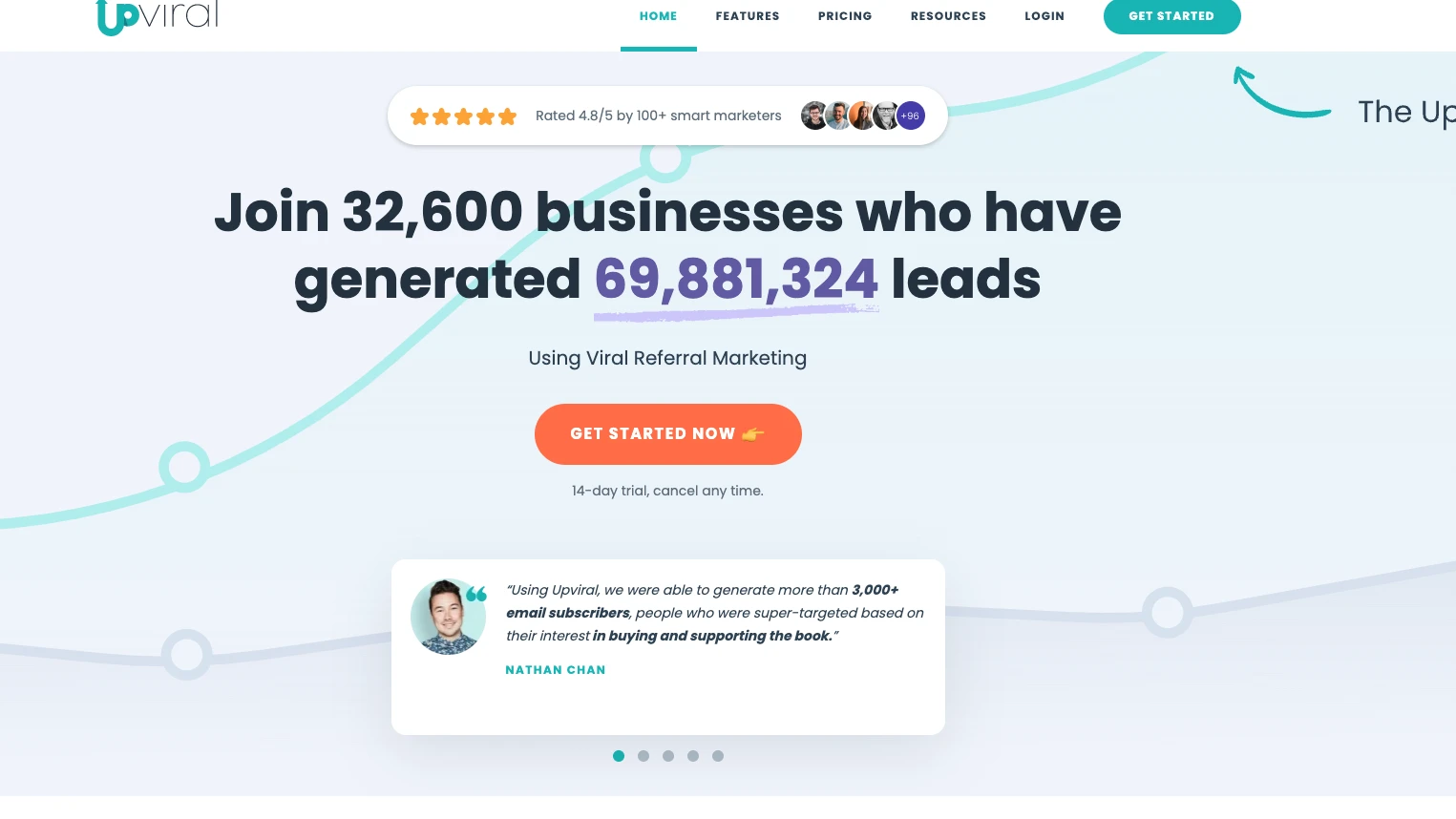Case study: Upviral - Transforming the Campaign Creation Workflow at Upviral
When I joined Upviral, a referral marketing platform, the company was at a pivotal point …

Hello there! As the digital world teeters on the cusp of AI revolution, we struggle with some profound conundrums.
Questions like 'Can AI truly understand Human expressions?' or 'Can AI machines generate content on par with human capabilities?' are in the air. As a seasoned small business owner, an astute marketing manager, or an ambitious affiliate marketer, I bet you have found yourself deep in contemplation about these queries more than once.
After all, understanding the impact and advantages of AI-driven content creation can drastically change the playing field of the digital marketing landscape.
And that's precisely what we are about to unravel today! We will take a journey through the arcane world of AI in content creation, weigh its impacts on SEO and website traffic against its human counterparts, and gauge its implications on our businesses or our client's businesses. Let's fire up our minds and start this intellectual adventure, shall we?
As we delve deeper into the era of artificial intelligence (AI), our business ways have changed remarkably. The resurgence of AI in content creation has attracted the attention of many, from small business owners to digital marketing entrepreneurs. One pertinent question, however, is determining the accuracy of AI content detectors. The swift evolution of AI has led to its adoption in various sectors, including content creation. And now, the advent of AI content detectors beckons, raising questions about their efficiency compared to human analysis.
AI content detectors are built on machine learning, a subfield of AI. It is the process by which AI software learns and improves from experience, similar to how humans do. These advanced algorithms learn from vast amounts of data, making accurate predictions or decisions without explicit programming. AI detectors leverage natural language processing (NLP), a technology that helps computers understand, interpret, and generate human language, including speech. This is essential for AI detectors to discern if the text is human or machine-generated.
Some popular AI content detectors are the GPT-2 Output Detector, Content at Scale AI Content Detection, GPTZero, and Writefull's GPT Detector. In the January 2023 tests, the GPT-2 Output Detector proved to be the best, with a success rate of 66%. However, none of the detectors turned out to be completely foolproof.
When comparing AI content detectors to human analysis, each side has strengths and weaknesses. AI detectors have the advantage of being able to scan text quickly and efficiently. They do not fatigue, can work around the clock, and consistently deliver results without the influence of human emotions or biases.
However, human editors possess a nuanced understanding of language, creativity, and context that AI detectors sometimes struggle with. Humans can recognize subtleties, humor, and sarcasm, which are aspects of language that AI often fails to grasp fully. Thus, while AI detectors serve well as tools to aid in content detection, they're not quite ready to entirely replace human analysis.
Despite the advancements in AI content detectors, they are not without limitations. Firstly, AI detectors' accuracy in differentiating human-generated from AI-generated content varies considerably. As observed in various tests, results can range wildly from 40% to 80% accuracy, far from guaranteeing reliable results.
Additionally, AI detectors' machine learning algorithms are biased towards the data on which they were trained. This arises from the fact that data used for training AI models inherently reflects biases present in the real world. This reality manifested in recent studies that revealed a prejudice against non-native English writers, leading to skewed results and potential inaccuracies.
The scope of plagiarism detection also poses challenges for AI detectors. Traditional plagiarism detection approaches, like Turnitin, largely rely on cross-checking submitted texts against a vast library of essays. However, since AI writing tools generate ostensibly original content, they can outfox these detectors, thus paving the way for a new form of subtle plagiarism.
Another significant concern is the evasive capabilities of large language models (LLMs) like ChatGPT. An experiment involving substitution-based in-context example optimization (SICO) revealed that LLMs can effectively bypass AI detectors. This vulnerability adds to the limitations of using AI for content detection and plagiarism prevention.
Despite the limitations and concerns, the potential of AI in content detection need not be downplayed. The issues at hand call for a more researched approach to make AI detectors a reliable tool for identifying original and plagiarized content, irrespective of the language or style of writing.
Moreover, considering that GPT detectors have shown some improvements in detecting AI content, there's reason to hope that they will progress and become more accurate over time. Simultaneously, there needs to be more education and awareness about new-age plagiarism involving AI content generation, helping all stakeholders understand the associated intricacies better.
While AI innovations stir excitement, one must still approach AI content detectors cautiously as they are still in their infancy. The best course of action is to leverage them as tools to aid in content detection while supplementing with thorough human analysis for a more comprehensive and accurate result.
Well, what a ride it's been! From scrutinizing the inner workings of AI content detectors to analyzing their comparative efficiency against human touch, we've navigated through some rough but enlightening terrains. True, nothing can match a human brain's sensitivity, subtlety, and creativeness, but AI's capabilities are still quite eye-opening.
Despite their limitations and occasional hiccups, their potential to contribute significantly to content detection is immense. However, remember this key takeaway, folks: patience is paramount. AI content detectors are still fresh-faced kids on the block who need time to mature.
Suppose we harnessed these advancements sagely, supplemented them judiciously with human expertise, and kept our expectations realistic. In that case, we might just be on the brink of taming the AI beast for our business advantage. Thank you for staying with me in this riveting journey. Until next time, happy data-crunching and business-building to you all!
Some other posts you may like

Case study: Upviral - Transforming the Campaign Creation Workflow at Upviral
When I joined Upviral, a referral marketing platform, the company was at a pivotal point …
August 16, 2023
Read More
How can AI help real estate agents?
AI has unlocked unprecedented opportunities for growth and efficiency across industries, fundamentally transforming how businesses …
August 16, 2023
Read More